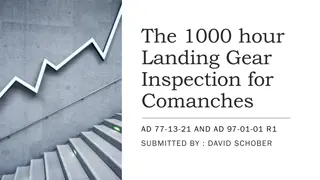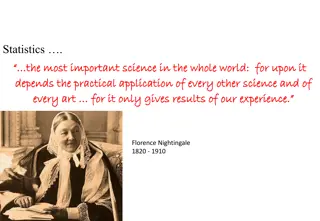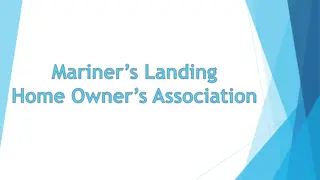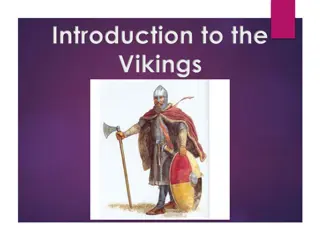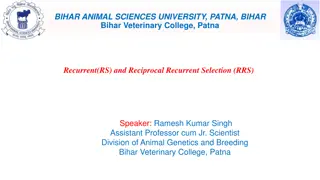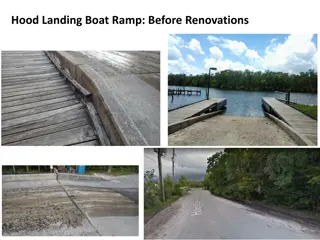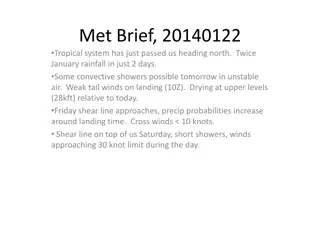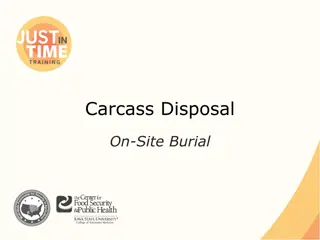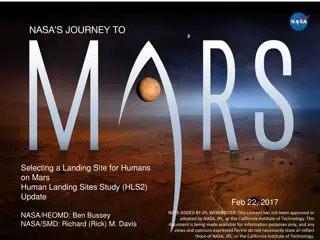Social Processes in Viking 1 Landing Site Selection
The selection of the Viking 1 landing site was driven by social processes, involving the combined efforts of the Viking flight team, daily activities of the Landing Site staff, and decision-making based on recommendations and votes. The study applied analytical techniques like radar interpretations and geologic terrain maps to evaluate potential landing sites. The social construction of the mission's science objectives led to the rejection of the initial landing site due to unexpected terrain complexities.
Download Presentation

Please find below an Image/Link to download the presentation.
The content on the website is provided AS IS for your information and personal use only. It may not be sold, licensed, or shared on other websites without obtaining consent from the author.If you encounter any issues during the download, it is possible that the publisher has removed the file from their server.
You are allowed to download the files provided on this website for personal or commercial use, subject to the condition that they are used lawfully. All files are the property of their respective owners.
The content on the website is provided AS IS for your information and personal use only. It may not be sold, licensed, or shared on other websites without obtaining consent from the author.
E N D
Presentation Transcript
Mars Landing + 50 Years: Lessons from Social Decisions and Selection of the First Viking Landing, Considerations for Mars 2020 Re- Visit Winslow Farrell Computational Social Science Department Krasnow Institute of Advanced Studies George Mason University (Member Viking Landing Site Staff Conducted Hazard Analyses of Viking Landing Sites) NOTE ADDED BY JPL WEBMASTER: This content has not been approved or adopted by, NASA, JPL, or the California Institute of Technology. This document is being made available for information purposes only, and any views and opinions expressed herein do not necessarily state or reflect those of NASA, JPL, or the California Institute of Technology.
How could social processes have driven Landing Site selection for Viking 1? Viking 1 Site Certification and Selection based on: combined efforts of nearly the entire Viking flight team daily activities of the Landing Site staff , preparation of recommendations, votes and decisions. Methodology of Study: Review original documents for text and social networks, treat Viking as a Complex Adaptive System (CAS) Observations of the Viking 1 prime landing area in the Chryse region of Mars is geologically varied and possibly more hazardous than expected, and was not certifiableas a site for the Viking landing the selected site considered at 47.5W, 22.4N represented a compromise between desirable characteristics observed with visual images and those inferred from earth- based radar. Masursky, H. and Crabill, N., (1976), The Viking Landing Sites: Selection and Certification, Science, Vol. 193, pp. 809-812.
Analytical Techniques Employed in Landing Site Selection for VL-1 Ellipses fitted to maps with: Radar interpretations Hazard probabilities from image observations Geologic terrain maps Crater counts Comparisons with Surveyor Lunar landing sites Photogrammetry of terrain statistics Photometric roughness maps
Social Construction of VL-1 Mission Science OBJECTIVES The original VL-1 landing site (A1) was considered to be the best area to observe where water and possibly near-surface ice had occurred in large quantities in the past the optimum place to look for complex organic molecules SOCIAL DECISION The original A1 area was rejected on June 26 (1976) primarily on the basis of the orbital imaging data, which indicated that the terrain was unexpectedly complex. Masursky and Crabill, p. 810.
Process View: Initial VL-1 Site Rejection Initiated Complex Decision Tree flexibility in site adjustment From Paragraph 2.0 SCOPE, in SITE CERTIFICATION PROCESS, June 4, 1976. Primary analysis tool is the visual inspection of monoscopic mosaics of the site area, and visual inspection of stereo pairs. None of the available techniques can clearly indicate unsafe surface conditions, except possibly radar data Generally, however, the technique will be one of comparison with analogues, extrapolation, and inferences. From Paragraph 4.2: Analysis, in SITE CERTIFICATION PROCESS, June 4, 1976, pp 3-4.
VL-1 Timeline: Divergence of models to explain A1NW site; fatigued crew. June 25: Viking s Northwest Territory offers visual encouragement to a safe landing in comparison to the eroded and etched fluvial region (of A-1). Viking Mission Status Bulletin No.30. June 30 LSS Minutes: The last 24 hours have not been the best ; if any extra time is available the crew should rest. People awful tired this a.m. July 7: A1NW Preliminary Radar Assessment: it takes a very tortured explanation to fit the (radar) data. There are an infinity of detailed surface models that could explain the observed data. You can t do it.
Model: View VL-1 Landing Site Analysis as competition among analytical workflows Random walk on a convex surface Positive feedbacks to workflow utilization (from W.B. Arthur) Illustrates increasing-returns competition between two analytical methodologies: Earth-based radar observations and interpretations In-orbit Viking Orbiter image analysis and geomorphologic interpretation Early adoption influenced how daily reinforcing image analysis benefited from positive feedback and improved fidelity, and gained more adherents (votes) Further adoption towards one analytical methodology (image analysis) became increasingly likely as basis for votes and certification
Perspectives on vote for A1WNW as VL-1 12 July: Unanimous vote for A1WNW as landing site. Martin (PM): remarkable way the (team) worked the problem. There is a good relationship among them, asking the right questions, and getting the right answers. He believed we had picked the safest site we can get in a reasonable time. Sagan: remarkable willingness of the project to listen and react to Viking scientists. He found the project very tolerantof diverse scientific views.
The Selected VL-1 Site (A1WNW): An Interesting Compromise? Matches well Site A1WNW: Compromise & Interesting? Landing Site Observations Matches Expectations Site A1NW: Divergence of Models Site A1: Unexpectedly Complex Does not match Complexity of Landing Site Less Complex More Complex
VL-1 Conclusions and Recommendations for Mars 2020 Landing Site selection Process: Compromise in landing site selection may emerge from competition among analytic methodologies Early adoption of story from compelling imagery First-mover advantage and learning from workarounds Reliance on dominant analytic techniques for votes Science: Consider transit to VL-1 as downslope traverse: A1, A1NW and A1WNW Sites should provide sample diversity Blocky surface not ideally suited for ease of rover navigation Adapt Mars 2020 site selection process to consider complex terrains that could offer unexpected rewards associated with astrobiologically interesting locations
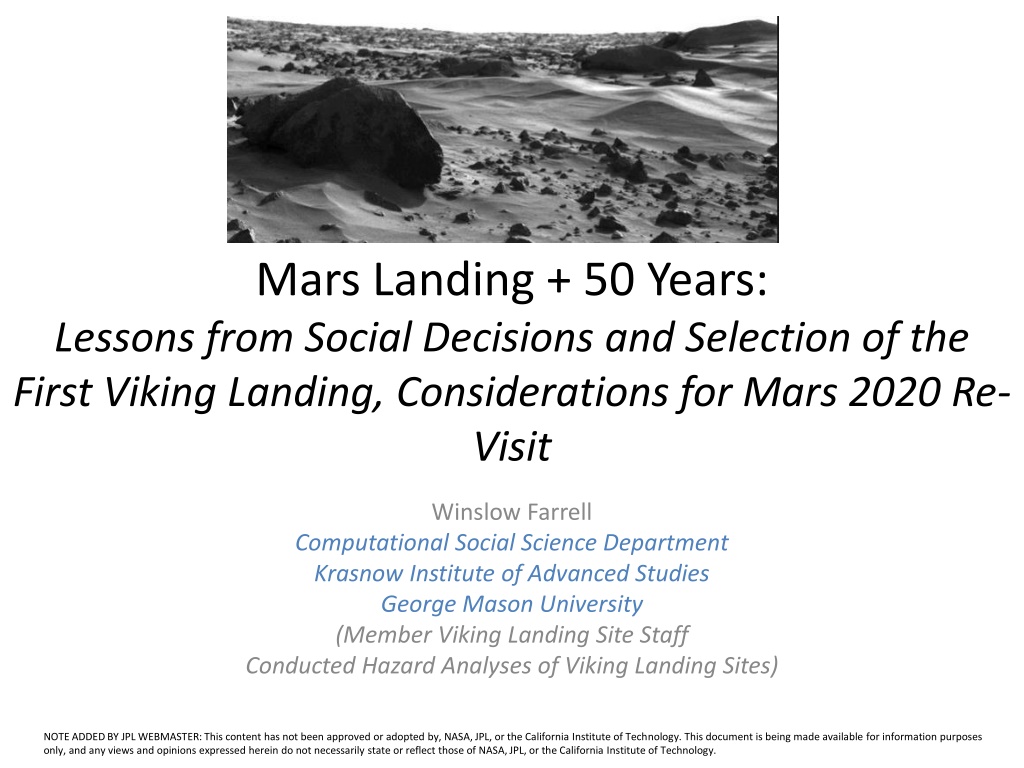



![READ [PDF] Her Viking Dragon Warrior (Viking Ancestors: Age of Embers Book 2)](/thumb/42246/read-pdf-her-viking-dragon-warrior-viking-ancestors-age-of-embers-book-2.jpg)
